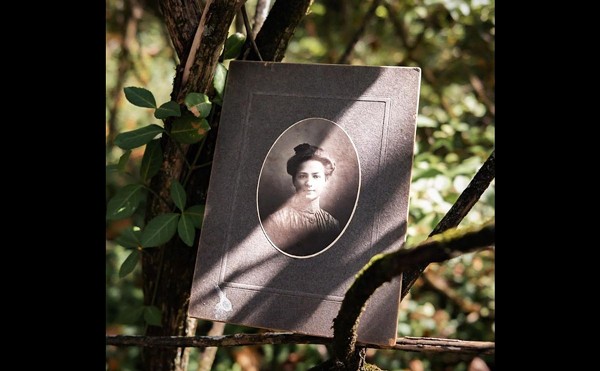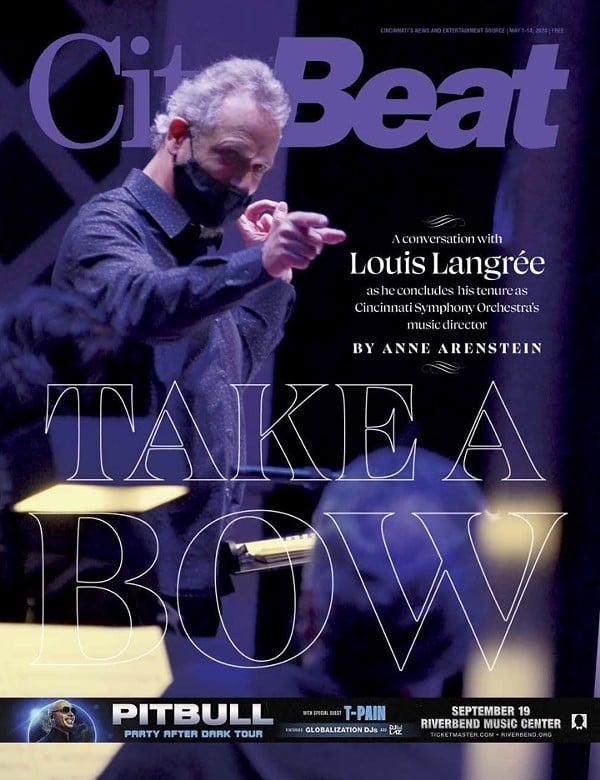|
Ann Rule's latest true crime thriller begins with a three-page listing of who's who. Exes, abandoned children, girls with male names and half-siblings complicate the cast. It's more than a little daunting, but then again so is the crime the book explores. Every Breath You Take is the before and after of a brutal murder.
The murderer is Allen Blackthorne, a Texas millionaire. The victim is his ex-wife Sheila Bellush, although she spent more years as his ex-wife than as his wife. Blackthorne's life is a twist and turn of ex-wives and abandoned businesses spanning multiple states. And those girls with boys names? They are his and Sheila's daughters, Stevie and Daryl — named so he could use their social security numbers if he was ever in a jam. That's just the tip of the iceberg of what Blackthorne did to get his way.
In 1997, Bellush's murderer shot her in the cheek and slit her throat twice in her Sarasota home. Hours later, her 2-year-old quadruplets still wandering the house trailing tiny footprints of her blood, a then 13-year-old Stevie found her. Authorities worked for many months determining if the murder trail led to Blackthorne.
Despite Rule's grisly profession investigating murders, she looks like the everymom. Speaking from a hotel room in New York City, Rule chooses her words slowly and talks in a soft voice. Rule saw Bellush's murder on the news when it happened. "I was horrified and then curious. But I didn't think about it as something I would write about because it was so far away in Sarasota and I'm in Seattle," she says.
This was before she knew about Sheila's sister Kerry Bladorn who also lives in Oregon. In January of 2000 Rule got an e-mail from Bladorn. "She told me that Sheila had asked her that if anything happened to her first of all to have it investigated and secondly to find me and ask me to write the story," Rule remembers.
This was the first time Rule would be asked to write a story at the victim's request. "That was pretty eerie to have a victim that was already gone reach out," Rule says. "It didn't take me long to decide that I would do it." Thus began five months of steady investigation.
"Every time I start a book I'm always scared that I'll never find out enough, that nobody's ever going to talk to me. I had never done a trial in a federal court before and I wasn't even sure I was going to get into the trial," Rule says. Despite her worries, everything fell in place. She met with Bellush's sister and mother. She attended Blackthorne's trial. She was even contacted by Blackthorne's father, who she otherwise might not have been able to locate. "He called me and he left a message and the first thing he said was 'I'm no fan of Allen Blackthorne' which is an odd thing to hear from the father," she says.
One person who wouldn't talk to Rule was Bellush's widower, Jamie. "He wouldn't even allow me to introduce myself to him," she says. Without talking to him, Rule had little to go on for describing their five-year marriage. She had to rely on what she heard from his testimony and he said on TV. Rule respects his decision not to talk to her, knowing he might someday write his own book about the murder. "If he does, his story will be different. He's seeing things from an entirely different angle," she says.
New information continues coming to Rule's attention even now that the book is written. "People are still telling me things that I'll put in the paperback and some I've added to second and third printings of the book," Rule says.
The book is a flurry of facts as it is. The murder spanned two states (Blackthorne lived in Texas, Bellush had recently moved from there to Florida) and involved at least three men. "There were so many different jurisdictions of law enforcement from county sheriff to the Texas Rangers to the FBI and state attorneys and U.S. attorneys," Rule says. "I always try to give credit for what everybody does, but I knew that when I wrote the trials my editor would flap and he did. He probably made me cut 100 pages, mostly trial testimony that tended to be repetitive."
Rule's book focuses more on the history of the characters and their trials than in the details of the crime. "What fascinates me about criminal behavior is what made it happen. How far back can I go in the generations before the killer and the victim were even born to try to determine, and I never really can, what set them on the path." she says. "And particularly with the killer, I wanted to know why Allen Blackthorne ended up as the cruelest, most arrogant man who would dog poor Sheila for 10 years after she left him."
Looking into Rule's background, it's clear how she got set on her path. As a child she spent summers at her grandpa's, a county sheriff in Michigan. His house was connected to the jail. Her grandmother cooked meals for the prisoners and Rule's job was to slide the trays through the slots in the wall. "They [the prisoners] were so nice and they smiled and said 'Thank you.' I was always asking my grandpa why they would want to grow up to be prisoners and criminals. I was very naïve and lucky enough to have a very happy childhood and I didn't realize there were kids whose lives were so different from mine," she says.
She grew up wanting to be a policewoman and eventually did become one in Seattle. She also got a degree in creative writing and began writing accounts of true crime for newspapers and magazines. In 1975, Rule landed her first book, about a serial killer. Before she could begin her research, she had to wait for a conviction.
"The killer turned out to be a friend of mine, Ted Bundy," she says. She had worked the phones with Bundy at a crisis clinic in Seattle where they were suicide counselors. "Talk about shock. I had no idea. There was nothing that I could see behind his mask. Those are the people who fascinate me still because they seem so perfect on the surface," she says.
That kind of character, she calls it the anti-hero, is what she looks for as the center of each book. The murderer must be attractive, brilliant, charismatic and talented, and is often wealthy and sometimes even famous. Once she's found the anti-hero, their story is not nearly as important to her as their victim's story. "There's a tendency to almost aggrandize high profile killers. They give interviews and they go about their lives and get all the attention and the victims can't speak," she says.
Her books have served as warnings to, mostly, woman in situations similar to the victims she writes about. Rule gets as many letters and e-mails wondering why the victim didn't wise-up sooner as she does correspondence from women saying "That could have been me — I got out just in time."
"I got an e-mail just before I left home from a woman who said 'I broke up with my fiancée because I recognized him in Allen Blackthorne and you warned me just in time,' " Rule says.
Rule is already researching her next book about a plastic surgeon from Buffalo, N.Y., who killed a patient, lost his medical license and poisoned his wife. "This time it was the anti-hero who called me and wanted me to write a book about him and the injustices against him. That was before he poisoned his wife. And I had told him this isn't the kind of book I do," she says.
Not long after that, a reader sent her a clipping about a Buffalo case of poisoning and she recognized his name in it. Now it had become a story befitting the kind of book she did. On her way to New York City Rule stopped in Buffalo and talked with his wife.
She's already compiling the next who's who list.
Ann Rule will sign and discuss Every Breath You Take at Dayton's Books & Co. Thursday, Jan. 24 at 7 p.m.





